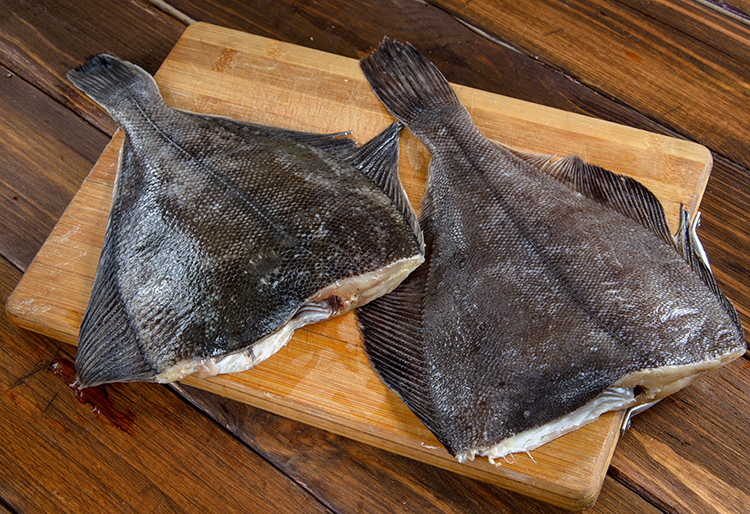Turbot properties
Flat and almost circular in shape, turbot is characterised by its hard skin without scales and its small eyes situated on its left hand side. Its sandy colour allows it to camouflage itself in the sea beds of the Mediterranean, the Cantabrian, and the Atlantic.
fresh food
Share

Turbot is a semi-oily fish which is valued for its firm and thin skin. Currently, it is one of the species which is farmed with high success in Spain, especially in Galicia.
Benefits
- Semi-oily fish.
- Low in calories
- Reduces cholesterol
- Easy to digest: recommended for people with a delicate stomach.
- It hardly has any bones
Nutritional content (per 100 grams)
Energetic value: 98 Kcal
Fats: 3.6 g
Of which saturated: 1.1 g
Carbohydrates: 0g
Of which sugars: 0g
Dietary fibre: 0g
Proteins: 16.1 g
Salt: 0.3 g
Vitamins: Its vitamin B12 and niacin content is less relevant than in other fish. In any case, the recommended daily amounts of vitamin B12 are covered with a medium serving; and almost 40% of the recommended amounts of vitamin B3 or niacin. It also provides vitamin B6 but in less significant amounts.
Minerals: Selenium, phosphorus, and a moderate amount of iron and iodine.

The importance of the cut
Although it is usually cooked in a stew, the characteristics of its meat also make it suitable to prepare in the oven, steamed, or grilled. It is less recommended for fried recipes since this fish absorbs are large amount of oil.
In all types of cooking it is important to bear in mind the cut of the fish since an error with this may change the outcome of the recipe.
Recipes with turbot






